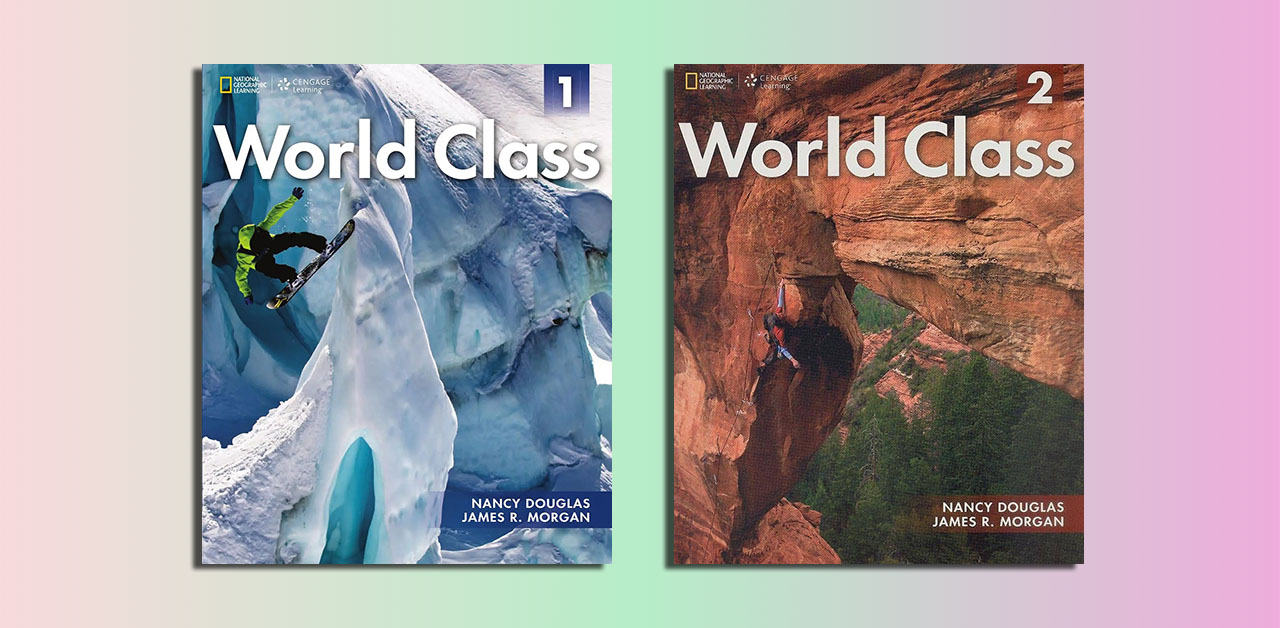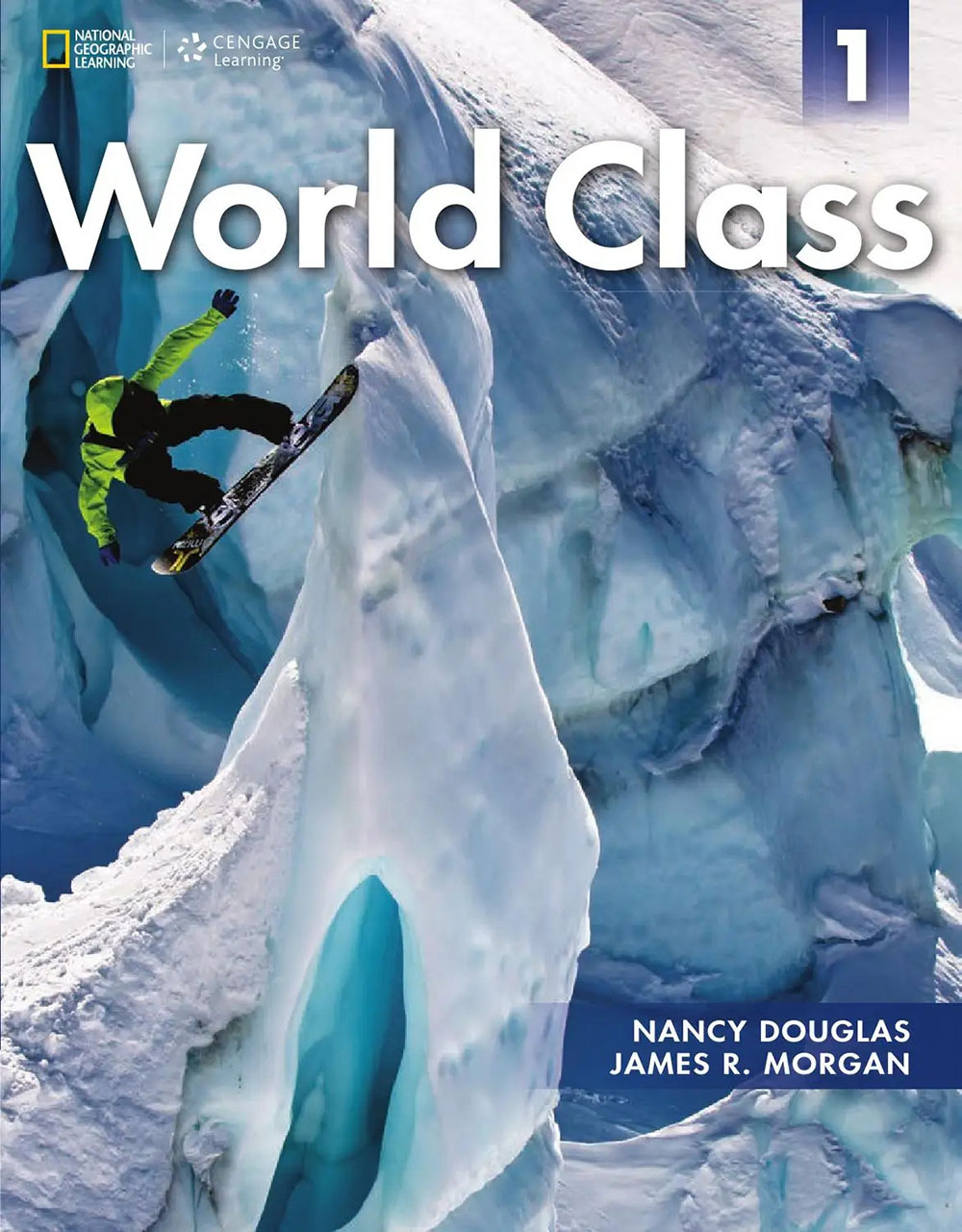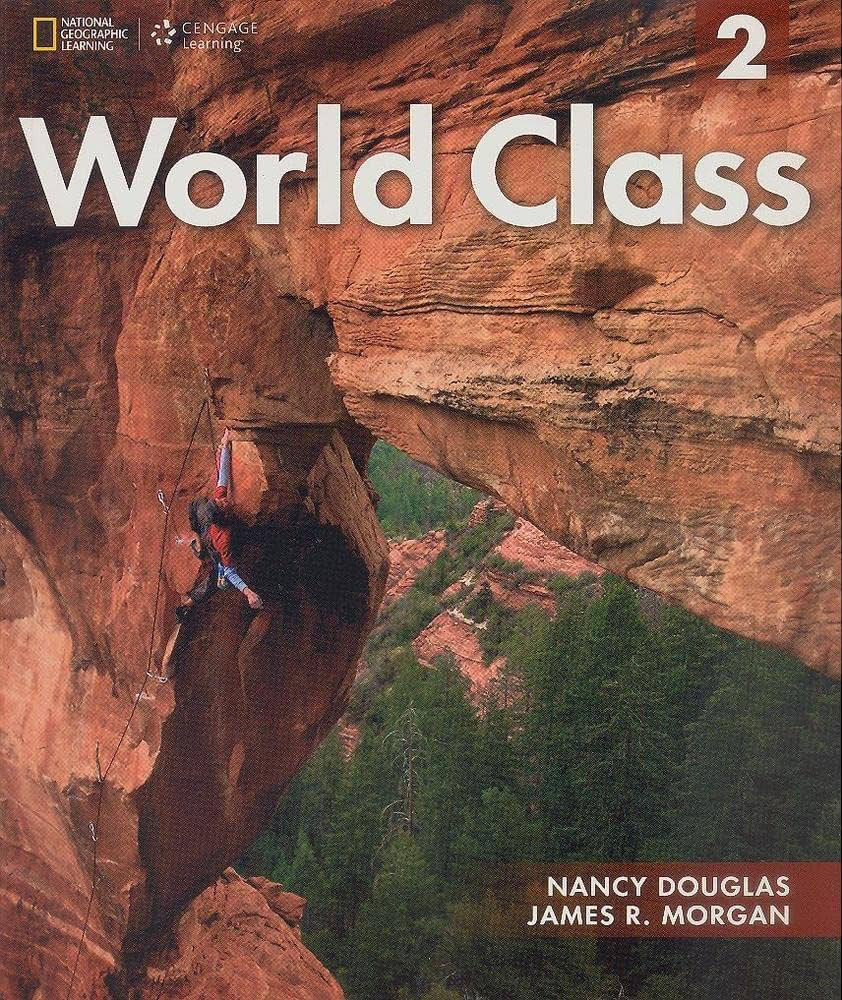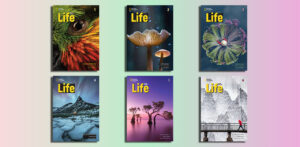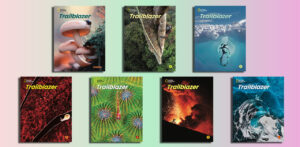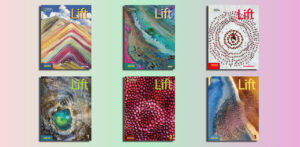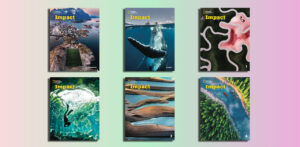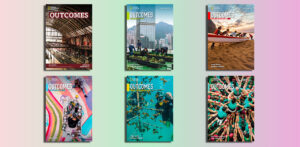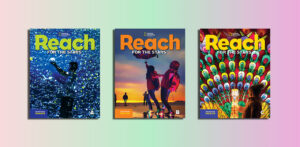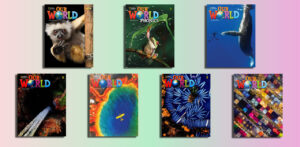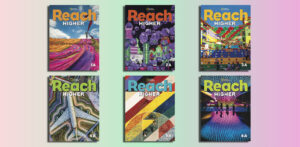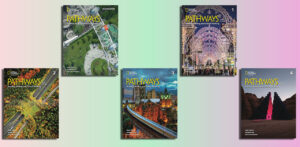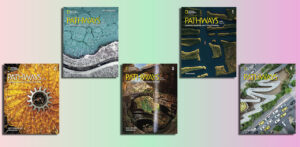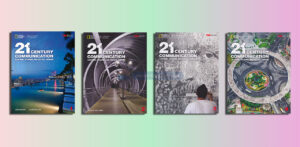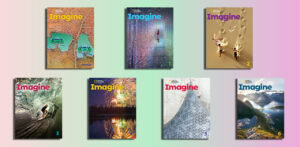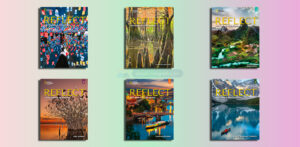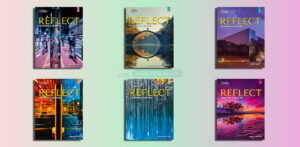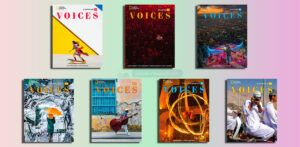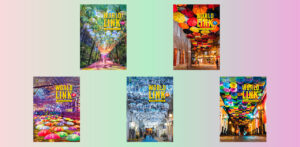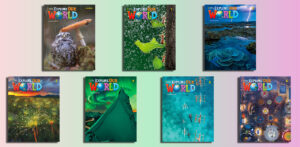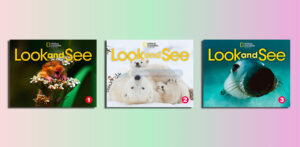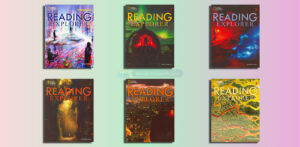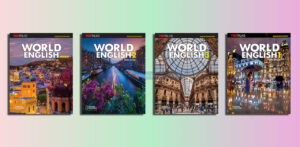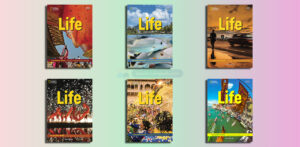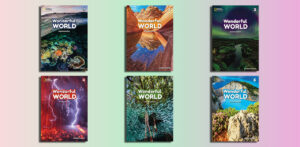Download, National Geographic
Download NGL World Class Pdf Resources (B2 / C1)
World Class (PDFs, Resources)
Level 1 (B2)
World Class 1 Audio.zip
World Class 1 CDRom.zip
World Class 1 Student Book.pdf – Sample: Click
World Class 1 Teacher’s Edition.pdf
World Class 1 Video.zip
World Class 1 Workbook.pdf
World Class 1A Student Book Workbook.pdf
World Class 1B Student Book Workbook.pdf
Level 2 (C1)
World Class 2 Audio.zip
World Class 2 CDRom.zip
World Class 2 Student Book.pdf – Sample: Click
World Class 2 Teacher’s Edition.pdf
World Class 2 Video.zip
World Class 2 Workbook.pdf
World Class 2A Student Book.pdf
World Class 2A Workbook.pdf
World Class 2B Student Book.pdf
World Class 2B Workbook.pdf
| Name | Price | Buy |
|---|---|---|
| World Class - All 2 Levels (PDFs, Resources) | $5 |
๏ Other payment methods: Click here
Overview of the “World Class” by NGL
Contents
| ✅ Coursebook: | World Class |
| ✅ Authors: | Nancy Douglas; James R. Morgan |
| ✅ Publisher: | National Geographic Learning |
| ✅ English type: | American English |
| ✅ Levels: | B2, C1 |
| ✅ For: | Adult |
| ✅ Publication year: | 2013 |
“World Class: Expanding English Fluency” is an educational English language learning (ELL) series published by National Geographic Learning (NGL), a division of Cengage Learning focused on English Language Teaching (ELT) resources. Launched around 2013, it is designed for high-intermediate to advanced learners aiming to enhance their fluency in real-world communication. The series leverages National Geographic’s renowned content—such as stunning images, engaging readings, and high-quality videos—to make learning immersive and contextually rich, connecting language skills to global topics like culture, science, and exploration.
Key Features
Structure and Levels: The program consists of two levels (World Class 1 and World Class 2), each building on the previous to progressively develop integrated skills in listening, speaking, reading, and writing. Lessons emphasize critical thinking, vocabulary expansion, and strategic communication tools for academic and professional settings.
Content Integration: Drawing from National Geographic’s archives, the series includes authentic materials like video clips of expeditions, environmental stories, and cultural insights. This approach not only builds language proficiency but also fosters global awareness and cultural competence.
Skills Development:
- Listening and Speaking: Focuses on pronunciation, intonation, and discussion skills through interactive audio and video activities.
- Reading and Writing: Features challenging texts with comprehension strategies, followed by writing tasks that encourage analysis and argumentation.
- Grammar and Vocabulary: Embedded contextually rather than in isolation, with emphasis on advanced structures and topic-specific lexicon.
Digital and Classroom Support: Components include Student Books with CD-ROMs for audio practice, Online Workbooks (via platforms like MyELT), lesson plans for teachers, and a Classroom Presentation Tool for interactive lessons. It’s flexible for classroom use, self-study, or blended learning.
Target Audience: Primarily adult learners or older teens in high school/university settings, suitable for ESL/EFL programs worldwide. It’s praised for its motivational content that keeps advanced learners engaged without feeling simplistic.
World Class 1 Student Book
Who is suitable for “World Class”?
“World Class” is an integrated-skills English language learning series published by National Geographic Learning, specifically designed for learners who are already at a solid foundation in English and ready to push toward greater fluency. Below is a breakdown of the key suitability factors based on the program’s structure and intended use.
Proficiency Level
- High-Intermediate to Advanced Learners: The series targets students at CEFR levels B2 to C1 (or equivalent, such as upper-intermediate to advanced on TOEFL/IELTS scales). It assumes learners have a strong grasp of basic grammar and vocabulary, focusing instead on refining nuanced language use, idiomatic expressions, and strategic communication.
- Not for Beginners or Low-Intermediate: The content involves complex readings, discussions, and tasks that require prior exposure to authentic English materials. Lower-level learners would likely find the pace and depth overwhelming.
Age Group
- Adults and Older Teens: Primarily aimed at adult learners (18+), though suitable for mature high school or university students (typically 16+). The themes—such as global exploration, cultural analysis, environmental issues, and professional scenarios—are geared toward those with life experience or academic/professional interests, rather than young children or preteens.
Learning Contexts and Environments
- ESL/EFL Programs: Ideal for English as a Second Language (ESL) classes in English-speaking countries or English as a Foreign Language (EFL) settings worldwide. It’s commonly used in intensive language courses, university preparation programs, or adult education centers.
- Academic and Professional Settings: Best for learners preparing for higher education (e.g., college debates, essay writing) or workplace communication (e.g., presentations, negotiations). The series emphasizes critical thinking, argumentation, and real-world application, making it valuable for business English or academic English tracks.
- Classroom, Self-Study, or Blended Learning: Flexible for teacher-led classes with its lesson plans and presentation tools, or independent study via the online workbook and CD-ROM audio. It’s particularly engaging in group discussions due to the interactive video and image-based activities.
Learner Profile and Motivations
- Motivated, Globally Minded Individuals: Suited to learners who enjoy immersive, content-driven learning. The use of National Geographic’s real-world topics (e.g., expeditions, science, culture) appeals to those curious about the world, fostering not just language skills but also cultural awareness and critical thinking.
- Those Seeking Fluency Expansion: Perfect for students wanting to move beyond rote learning to confident, fluent use of English in diverse situations. It includes tools for pronunciation, vocabulary in context, and integrated skills practice, helping learners sound more natural and effective communicators.
In summary, “World Class” is best for ambitious high-intermediate to advanced adult or teen learners in ESL/EFL environments who are motivated to engage with authentic, thought-provoking content for academic, professional, or personal growth. If you’re an educator or learner, reviewing sample units on the National Geographic Learning website can help confirm fit.”World Class: Expanding English Fluency” by National Geographic Learning (NGL) is designed for high-intermediate to advanced English language learners. It is particularly suitable for:
- Learners at CEFR Levels B2 to C1: The series targets those who have a solid foundation in English and are seeking to expand fluency for academic, professional, or real-world communication. While not explicitly CEFR-aligned in all descriptions, the content’s focus on advanced skills like critical thinking, nuanced discussions, and complex texts aligns with upper-intermediate (B2) to advanced (C1) proficiency.
- Age and Context: Primarily adult learners (18+), as well as older teens (high school seniors or university students, typically 16+). It’s ideal for ESL (English as a Second Language) or EFL (English as a Foreign Language) programs in classroom, university, or professional development settings worldwide. The mature, global-themed content—drawing from National Geographic’s explorations, science, and culture—engages learners interested in authentic, content-rich materials rather than basic or child-focused curricula.
The two-level structure (World Class 1 for high-intermediate, World Class 2 for advanced) allows progression, making it flexible for self-study, blended learning, or intensive courses. It’s not recommended for beginners or young children due to the sophisticated vocabulary, reading complexity, and discussion-based activities.
World Class 2 Student Book
The benefits of “World Class”
“World Class” is a high-intermediate to advanced English language learning (ELL) series that leverages National Geographic’s engaging content to enhance fluency. Below are the key benefits for learners, educators, and programs:
1. Authentic, Engaging Content Fosters Motivation
- National Geographic Integration: The series uses real-world stories, stunning photography, and high-quality videos from National Geographic, covering topics like global exploration, culture, science, and environmental issues. This makes learning captivating and relevant, keeping learners motivated.
- Global Perspective: Exposure to diverse cultures and global issues broadens learners’ worldview, encouraging curiosity and engagement beyond language skills.
2. Comprehensive Skill Development
- Integrated Skills Approach: Combines listening, speaking, reading, and writing in each unit, ensuring balanced fluency. For example, learners might watch a video, discuss its themes, read related texts, and write analytical responses.
- Advanced Language Proficiency: Focuses on nuanced language use, including idiomatic expressions, advanced grammar, and topic-specific vocabulary, helping learners communicate confidently in academic or professional settings.
- Critical Thinking and Communication: Activities emphasize analysis, argumentation, and discussion, equipping learners with skills for debates, presentations, or essays.
3. Real-World Application
- Practical Communication Tools: Lessons include pronunciation practice, strategic listening, and speaking activities (e.g., role-plays, discussions) that mirror real-life scenarios, preparing learners for workplace or academic interactions.
- Cultural Competence: Exposure to global themes enhances intercultural communication, valuable for international students or professionals working in diverse environments.
4. Flexible and Accessible Learning Formats
- Multi-Platform Resources: Includes Student Books with CD-ROMs for audio, Online Workbooks (via MyELT platform) for interactive practice, and a Classroom Presentation Tool for dynamic lessons. This supports classroom teaching, self-study, or blended learning.
- Adaptable for Different Settings: Suitable for ESL/EFL programs, university prep courses, or adult education, with materials that cater to both group and individual learning.
5. Teacher and Learner Support
- Robust Educator Resources: Lesson plans, answer keys, and assessment tools simplify classroom management, allowing teachers to focus on facilitation. The Classroom Presentation Tool enhances interactive teaching.
- Progress Tracking: The Online Workbook provides feedback and tracks performance, helping learners identify strengths and areas for improvement.
- Structured Progression: Two levels (World Class 1 and 2) ensure a clear path from high-intermediate to advanced proficiency, maintaining learner momentum.
6. Enhanced Engagement Through Multimedia
- Video and Audio Content: Authentic National Geographic videos and audio clips improve listening comprehension and pronunciation while exposing learners to diverse accents and contexts.
- Visual Appeal: High-quality images stimulate discussion and make abstract topics more concrete, aiding retention and comprehension.
7. Preparation for Academic and Professional Success
- Academic Readiness: Reading and writing tasks mimic university-level expectations (e.g., summarizing, synthesizing information), ideal for students preparing for higher education or exams like TOEFL/IELTS.
- Professional Communication: Speaking and writing activities focus on skills like presenting ideas or crafting formal emails, benefiting career-oriented learners.
8. Customizable and Scalable
- Supplementary Pairing: Can be paired with resources like NGL’s Learn English with TED Talks for additional speaking practice, enhancing flexibility for tailored curricula.
- Cost-Effective Options: Bundles (e.g., Student Book + Online Workbook) offer affordable access to comprehensive materials, suitable for individual learners or institutions.
In summary, “World Class” offers a dynamic, content-rich learning experience that builds fluency, critical thinking, and cultural awareness while preparing learners for real-world English use. Its multimedia approach and flexible formats make it a valuable resource for motivated high-intermediate to advanced learners and educators seeking impactful ELL materials.
Effective learning strategies for “World Class”
“World Class” by National Geographic Learning is designed for high-intermediate to advanced English learners, leveraging authentic content to build fluency across listening, speaking, reading, and writing. To maximize the benefits of this program, learners can adopt the following strategies tailored to its structure and content.
1. Leverage Multimedia for Immersive Learning
- Engage with Videos and Audio: Actively watch National Geographic videos and listen to CD-ROM audio clips. Pause and replay to catch details, focusing on pronunciation, intonation, and new vocabulary. For example, mimic speakers’ accents or phrasing to improve fluency.
- Annotate Visuals: Use the program’s stunning images as prompts for note-taking or discussion. Jot down key ideas or questions inspired by visuals to deepen comprehension and spark speaking practice.
- Strategy: Create a “video journal” summarizing one video per unit in your own words, noting new expressions or cultural insights.
2. Active Reading and Vocabulary Building
- Preview and Predict: Before reading texts, skim headings, images, and questions to anticipate content. This primes your brain for key themes and vocabulary.
- Contextual Vocabulary Acquisition: Instead of memorizing lists, learn vocabulary through the program’s authentic texts. Highlight unfamiliar words, infer meanings from context, and use them in sentences or discussions.
- Strategy: Keep a vocabulary notebook organized by unit themes (e.g., environment, culture). Review and test yourself weekly, using words in writing or speaking tasks.
3. Practice Integrated Skills Actively
- Connect Skills: Each unit integrates listening, speaking, reading, and writing. After listening to a clip, discuss it with a study partner or record your response. Follow up by writing a short essay or summary based on the same topic.
- Role-Play Real-World Scenarios: Use the program’s discussion prompts to simulate professional or academic situations, like presenting an idea or debating a global issue. This builds confidence in spontaneous communication.
- Strategy: Form a study group to role-play unit scenarios, alternating between leading discussions and providing feedback on fluency or pronunciation.
4. Utilize Digital Tools for Consistent Practice
- Maximize the Online Workbook: Complete exercises on the MyELT platform regularly to reinforce lessons. Use its feedback to identify weak areas, such as grammar or listening comprehension, and revisit related unit content.
- Self-Paced Review: Use the CD-ROM audio for self-study, practicing listening exercises during commutes or downtime. Set specific goals, like mastering one unit’s audio content per week.
- Strategy: Schedule 15–20 minutes daily for MyELT tasks, focusing on areas where feedback indicates improvement is needed.
5. Develop Critical Thinking and Discussion Skills
- Question and Analyze: Engage with the program’s critical thinking prompts by asking “why” or “how” questions about the content. For example, after a text on climate change, consider its implications and discuss solutions.
- Debate and Defend: Use the program’s discussion activities to practice articulating opinions. Prepare arguments for both sides of a topic to enhance flexibility in speaking.
- Strategy: After each unit, write a short opinion piece or record a 2-minute speech on the topic, focusing on clear structure and persuasive language.
6. Set Goals and Track Progress
- Unit-Based Milestones: Break down the two levels (World Class 1 and 2) into weekly goals. For instance, aim to complete one unit every 1–2 weeks, mastering its vocabulary, grammar, and skills.
- Self-Assessment: Use the program’s end-of-unit reviews or MyELT progress reports to evaluate improvement. Reflect on strengths (e.g., improved pronunciation) and areas to focus on (e.g., complex sentence structures).
- Strategy: Create a progress chart to track completed units, new vocabulary learned, and confidence in speaking/writing tasks.
7. Incorporate Supplementary Practice
- Pair with TED Talks: Since “World Class” can be complemented with NGL’s Learn English with TED Talks, watch related TED videos to practice listening and spark further discussion. Summarize key points to reinforce comprehension.
- Real-World Application: Apply unit themes to daily life. For example, if a unit covers cultural traditions, research a local tradition and present it in English to a friend or teacher.
- Strategy: Dedicate one day a week to exploring a unit-related topic online (e.g., a National Geographic article or video) and write a brief reflection in English.
8. Collaborate and Seek Feedback
- Peer Interaction: Join or form a study group to discuss unit topics, share insights, and practice speaking. Peer feedback can highlight areas for improvement, like clarity or grammar.
- Teacher Guidance: If in a classroom, actively seek instructor feedback on writing or speaking tasks. Ask for specific tips on refining advanced skills, such as academic writing or nuanced pronunciation.
- Strategy: Record a short presentation based on a unit topic, share it with a teacher or peer, and request feedback on fluency and structure.
9. Maintain Consistency and Motivation
- Daily Micro-Practice: Spend 10–15 minutes daily reviewing audio, vocabulary, or writing tasks to build habits. Consistency is key for fluency at this level.
- Stay Motivated with Themes: Connect personally with the program’s global topics. For instance, if a unit covers exploration, relate it to a place you’d like to visit and discuss or write about it.
- Strategy: Reward progress (e.g., after completing a level, treat yourself to a cultural experience like watching a documentary in English).
Tips for Educators
- Scaffold Activities: For classroom settings, guide students through complex texts or discussions by breaking tasks into smaller steps (e.g., pre-teach vocabulary, model discussions).
- Use Presentation Tools: Leverage the Classroom Presentation Tool to make lessons interactive, encouraging student participation through visuals and video prompts.
- Differentiate Instruction: Assign advanced tasks (e.g., extended essays) to C1 learners and simpler discussion prompts to B2 learners within the same unit.
By combining these strategies, learners can fully harness “World Class”’s immersive content and integrated approach to achieve fluency, cultural competence, and confidence in English.


